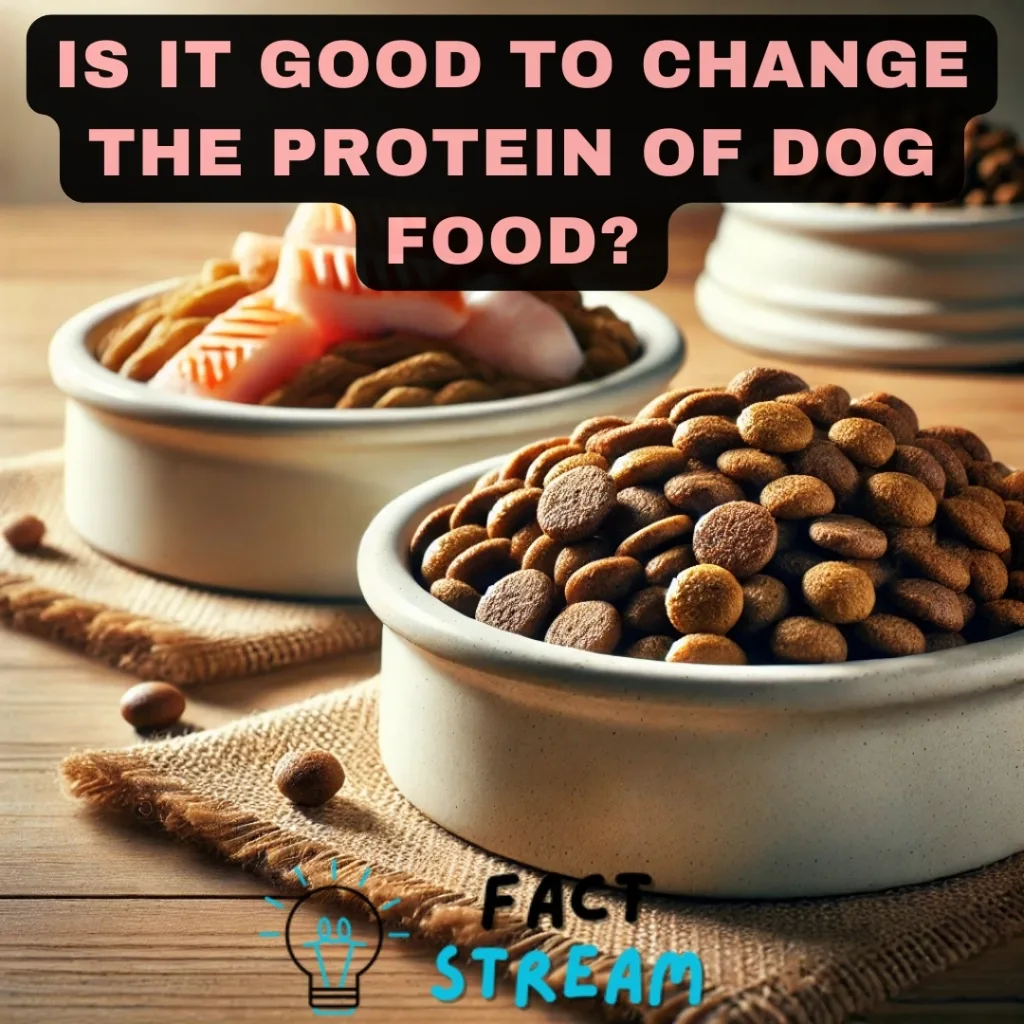Is It Good to Change the Protein of Dog Food?
It’s a common question among dog owners: Is it good to change the protein in my dog’s food? You may have heard different things from various sources, but the truth is, there are valid arguments on both sides. Ultimately, the best approach depends on your individual dog and their specific needs. Let’s take a closer look at the potential benefits and drawbacks of protein rotation, and how you can safely introduce new proteins into your dog’s diet.
Potential Benefits of Protein Rotation:
- Reduced Risk of Food Sensitivities/Intolerances: Some experts suggest that prolonged exposure to the same protein source can increase the likelihood of a dog developing allergies or intolerances. Rotating proteins can help minimize this risk by giving your dog’s immune system a break from constantly processing the same type of protein.
- Improved Nutrient Balance: Different animal proteins have distinct nutritional profiles, with varying levels of vitamins, minerals, and amino acids. By switching proteins, you can ensure your dog receives a wider range of essential nutrients and potentially prevent deficiencies that might arise from a single-protein diet.
- Combating Boredom: Just like humans, dogs can get tired of eating the same thing every day. Rotating proteins helps keep mealtime exciting and may prevent picky eating habits.
Things to Consider:
- Sensitive Stomachs: Dogs with sensitive stomachs might experience digestive upset when transitioning to a new protein. In these cases, a slower transition is crucial to avoid discomfort.
- Potential for Allergies: While rotating proteins is often suggested to reduce allergy risk, there’s also a chance your dog could develop an allergy to a new protein. It’s essential to monitor your dog closely for any signs of allergic reactions (itchy skin, digestive issues, etc.) when introducing new proteins.
- Disruption to Gut Biome: Some experts believe frequent food changes can disrupt a dog’s gut microbiome, which plays a vital role in digestion and overall health. A gradual transition can help minimize this disruption.
How to Safely Rotate Proteins:
- Consult Your Veterinarian: Before making any changes to your dog’s diet, especially if they have pre-existing health conditions, talk to your vet. They can help you determine the best approach for your dog and identify any potential risks.
- Transition Gradually: Don’t switch your dog’s food overnight. Introduce new proteins slowly, gradually increasing the ratio of new food to old food over several days. A typical transition period lasts 7-10 days, but some dogs may require a slower approach.
- Monitor for Reactions: Keep a close eye on your dog’s health and behavior during the transition. If you notice any signs of digestive issues, skin problems, or changes in appetite, consult your vet immediately.
- Consider Food Format: You can rotate proteins within the same food format (kibble, canned, raw), or even switch formats, as long as you maintain a gradual transition.
- Don’t Rotate Too Often: Changing proteins every 2-6 weeks or even aligning the rotation with your current food supply is a good starting point. However, finding the optimal rotation frequency depends on your individual dog’s needs and tolerance.
Key Takeaways:
- Protein rotation can offer benefits: It can potentially reduce the risk of food sensitivities, improve nutrient balance, and prevent boredom.
- Careful consideration is needed: Be mindful of potential drawbacks, such as digestive upset in sensitive dogs and the possibility of new allergies.
- A gradual transition is key: Always introduce new proteins slowly to allow your dog’s digestive system time to adjust.
- Monitor for reactions: Pay attention to your dog’s health during and after transitions, and consult your vet if you notice any concerns.
Whether or not you choose to rotate proteins is a personal decision. By carefully weighing the pros and cons and consulting your veterinarian, you can make the best choice for your furry friend and ensure they enjoy a happy, healthy life.


